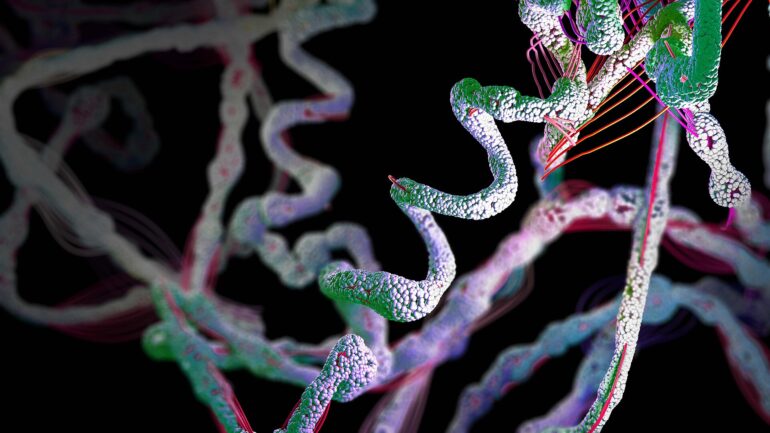TL;DR:
- The University of Waterloo introduces GraphNovo, a machine learning algorithm.
- Addresses the challenge of understanding peptide sequences in cells.
- Crucial for personalized medicine, immunotherapy, and vaccine development.
- Outperforms traditional methods, filling gaps in peptide sequences.
- Promises more accurate treatments for diseases like cancer.
- Metrics showcase exceptional precision in peptide identification.
Main AI News:
Researchers at the University of Waterloo have unveiled GraphNovo, an innovative machine learning-based algorithm poised to revolutionize our comprehension of peptide sequences within cells, particularly those pivotal to treating diseases like cancer. Peptides, the fundamental building blocks of cells, play a crucial role in human physiology, necessitating their precise identification for the development of tailored therapies, notably in immunotherapy.
While established databases have facilitated the analysis of well-studied diseases, novel illnesses and uncharted cancer cell types pose a formidable challenge. De novo peptide sequencing, a method involving rapid mass spectrometry analysis of new samples, is employed. Unfortunately, this approach often results in incomplete peptide sequences, impeding comprehensive profiling.
Enter GraphNovo, a groundbreaking program devised by the University of Waterloo researchers, leveraging the power of machine learning to significantly enhance the accuracy of peptide sequence identification. This advancement holds immense promise in diverse medical domains, notably cancer treatment and the creation of vaccines for ailments such as Ebola and COVID-19.
GraphNovo’s standout feature is its proficiency in filling the gaps left by conventional techniques. Harnessing precise mass data, the program delivers a more exhaustive and precise comprehension of the composition of enigmatic cells. This leap in accuracy marks a paradigm shift, particularly in the realm of personalized medicine and immunotherapy.
To gauge GraphNovo’s efficacy, one need only scrutinize its metrics, which underscore its capabilities. The program has exhibited exceptional precision in identifying peptide sequences, even in scenarios where traditional methods may falter. This heralds a promising era for combating severe maladies and devising targeted therapies predicated on an individual’s distinctive cellular makeup.
Conclusion:
GraphNovo’s emergence is set to disrupt the medical research market by providing a solution to the longstanding challenge of accurate peptide sequencing. This innovation holds the potential to revolutionize personalized medicine, immunotherapy, and vaccine development, promising more effective treatments for serious diseases. Researchers and medical professionals will likely embrace this technology to advance their understanding of cellular composition and tailor treatments with unprecedented precision, thereby reshaping the landscape of medical research and patient care.

